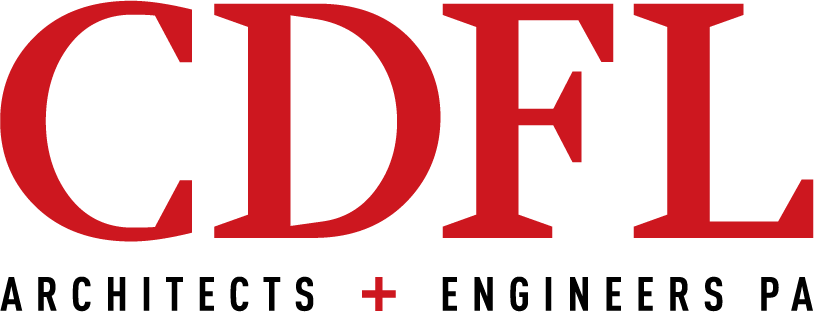Ask Pl’us’: Preparing Your Yard for Warm Weather
Ask Pl’us’ is a blog feature in which we utilize CDFL’s Power of Plus to share some of our experts’ opinions on landscaping, how to get the most of your space, lighting, and more. If you have questions you’d like answered by our architects, engineers, interior designers, or landscape designer, please email horlansky@cdfl.com.
Things are heating up here in the southeast, and in a hurry! We’ve asked our landscape architect, Clark Wells, for suggestions on how to best prepare your yard for the warmer temperatures.
There are many ways you can take action early to maximize the quality, resilience, and overall hardiness of your lawn for the coming high-heat summer months. Below is a brief list of things that can be done from now through the first of June that can make a major difference in the maintenance of your yard throughout the summer.
Aerate
Although aerating your yard every year is not necessary, I believe that aerating your yard every two to three years can greatly improve the hardiness of your lawn. Aerating allows for better water penetration into the root system and simply allows your grass to breathe. Many manual and automatic tools for aerating can be rented or purchased at Home Depot, Lowe’s, or a local hardware store.
Rake | Remove Thatch
Raking your yard to remove dead and decaying plant material, known as thatch, can be performed on the same two to three year cycle as aerating. This action can go a long way in promoting deeper water and sun penetration. A common mistake people make during summer months is bagging their grass clippings instead of leaving them on the yard; this process is known as “grass cycling.” Grass clippings decompose extremely quickly, and do not contribute to thatch. In the fall months the bagger can be used to collect leaves, and the bagger should also be used during the summer months if you have been unable to mow your lawn for 2+ weeks or after heavy rains. In these cases, mowing without bagging your clippings would result in major clumping on your lawn.
Fertilizing
Fertilizing is best performed in late spring – from late March through the first of June. In the southern part of the country, you want to use a slow release, high-nitrogen fertilizer. Nitrogen is the first number in a nitrogen-phosphorus-potassium (N-P-K – fertilizer) with a 4-1-2 ratio such as 20-5-10. Fertilizer bags will generally provide an accurate suggestion on how much fertilizer you should use, but a good way to double check the amount needed is to plan on applying 1 pound of nitrogen to every 1,000 sf of turf area. For example, if you are using a 20-5-10 fertilizer, take 100 and divide it by the nitrogen number, 20. (100/20 = 5.0). That calculation lets you know that you’ll need 5 pounds of 20-5-10 fertilizer for every 1,000 square feet.

